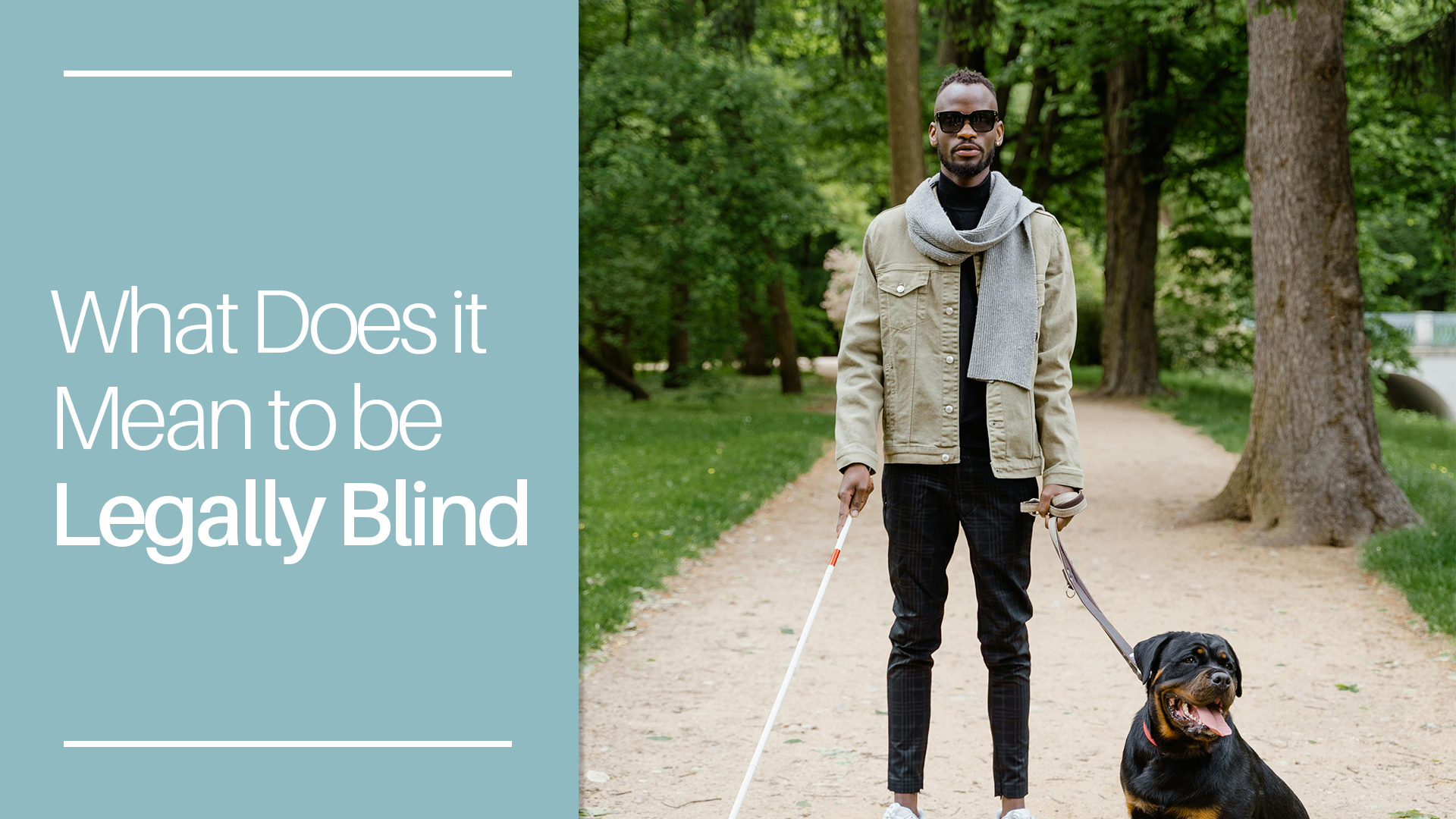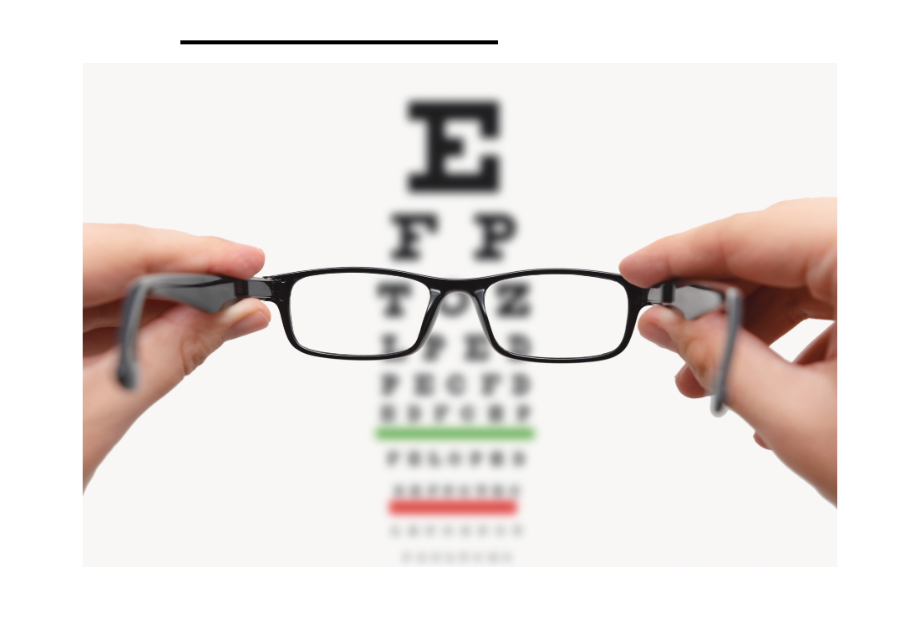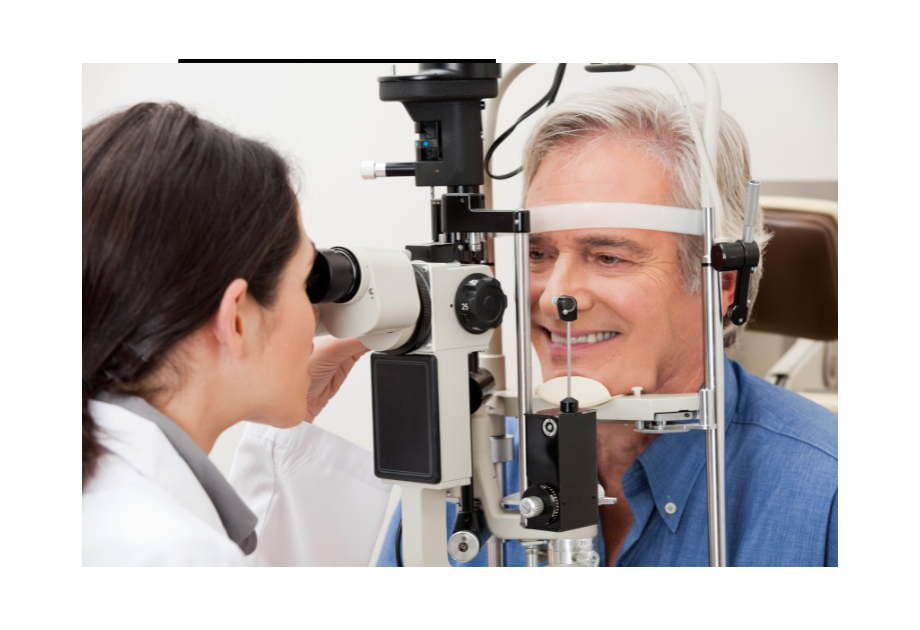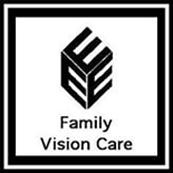What Does it Mean to be Legally Blind?
What Does it Mean to be Legally Blind

Have you ever wondered what it truly means to be legally blind and how it could impact your life? Legal blindness is not just a term, but a specific level of vision impairment defined by law, significantly affecting your daily activities.
Legal blindness can profoundly impact your daily life. Simple tasks like reading, driving, or recognizing faces become challenging, affecting your independence and quality of life. Navigating familiar environments, managing personal care, and even enjoying hobbies may require assistance or adaptive strategies. Understanding these challenges is the first step toward adapting and finding the right support.
In this blog, we'll explain what constitutes legal blindness and the key symptoms and indicators, as well as discuss the diagnostic processes involved. Additionally, we'll highlight the available treatment and management options.
Symptoms and Indicators
Legal blindness is defined by specific criteria related to visual acuity and visual field.
Understanding the symptoms and indicators of legal blindness is important for early detection and management.
If you are experiencing any of the symptoms outlined below, it is important to contact your eyecare professional for a comprehensive evaluation.
Here are three symptoms to look out for:
- Severe Vision Loss: According to the Social Security Administration, the primary indicator of legal blindness is a significant reduction in visual acuity. If your vision is 20/200 or worse in your better eye, even with corrective lenses, you may be considered legally blind.
- Narrowed Field of Vision: The U.S Department of Veteran Affairs states that another critical symptom is a significantly narrowed field of vision, often referred to as tunnel vision. You may see well directly in front of you but have limited peripheral vision.
- Difficulty Seeing in Low Light: Medline Plus notes that struggling with night blindness or difficulty seeing in dimly lit environments can be a sign of legal blindness, making activities like driving at night challenging for you.
Additional Indicators
- Frequent Changes in Prescription: If you constantly need stronger glasses or contact lenses without significant improvement in vision, it could indicate deteriorating sight (VISN2 VA).
- Inability to Recognize Faces: Difficulty recognizing faces, even from a close distance, is a common sign of severe visual impairment. (MedlinePlus)
- Reading Challenges: Legal blindness often makes reading standard print difficult or impossible for you, even with magnifying aids. (VISN2 VA)
Diagnosis and Testing
Diagnosing legal blindness involves a thorough examination by an eye care professional, who will perform a series of tests to assess your visual acuity and field of vision.
Professional testing is essential because it ensures an accurate diagnosis and helps in determining your eligibility for benefits and support services. In addition, standardized and precise methods cannot be replicated through self-assessment. Misdiagnosis can lead to inadequate or inappropriate treatment and support.
Here is what you can expect for professional testing and diagnosing:

Visual Acuity Test
The most common method for diagnosing legal blindness is the Snellen Eye Chart test. During this test, you will be asked to read letters on a chart positioned 20 feet away. Visual acuity is measured based on your ability to read these letters.
As mentioned previously, legal blindness is typically defined as having a visual acuity of 20/200 or worse in the better eye with the best corrective lenses. This means you see at 20 feet what a person with normal vision sees at 200 feet.

Visual Field Test
A visual field test measures your peripheral vision. One common method is the confrontation visual field test, where your eye doctor will ask you to cover one eye and describe what you can see in the periphery while focusing on a central point.
Advanced tests may use computerized machines to map your field of vision in detail. Legal blindness can also be diagnosed if the visual field is 20 degrees or less in the better eye.
Regular eye exams are essential for maintaining eye health and addressing any concerns promptly. If you suspect you may have significant vision impairment, consult an eye care professional immediately.
Protect Your Vision with Oxford Family Vision Care
At Oxford Family Vision Care, your eye health is our top priority. Our dedicated team provides comprehensive services, from diagnosing and testing for conditions like legal blindness to offering treatment and management options tailored to your needs.
We know the importance of professional testing for accurate diagnosis, ensuring you receive the best care possible. You can count on us to be your partner in eye care, providing the expertise and compassion you deserve.
Schedule an appointment today!
Follow Oxford Family Vision Care on Facebook and Twitter for more informative eye health tips!
Happy with the difference we have made for your eye health? Leave us a five-star review here!
